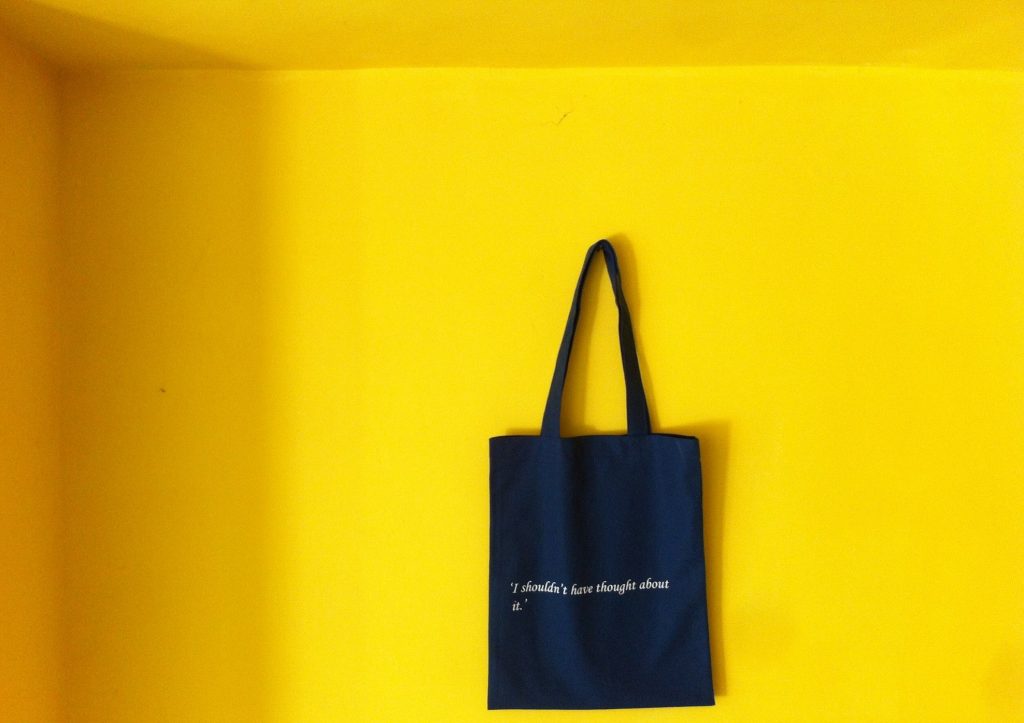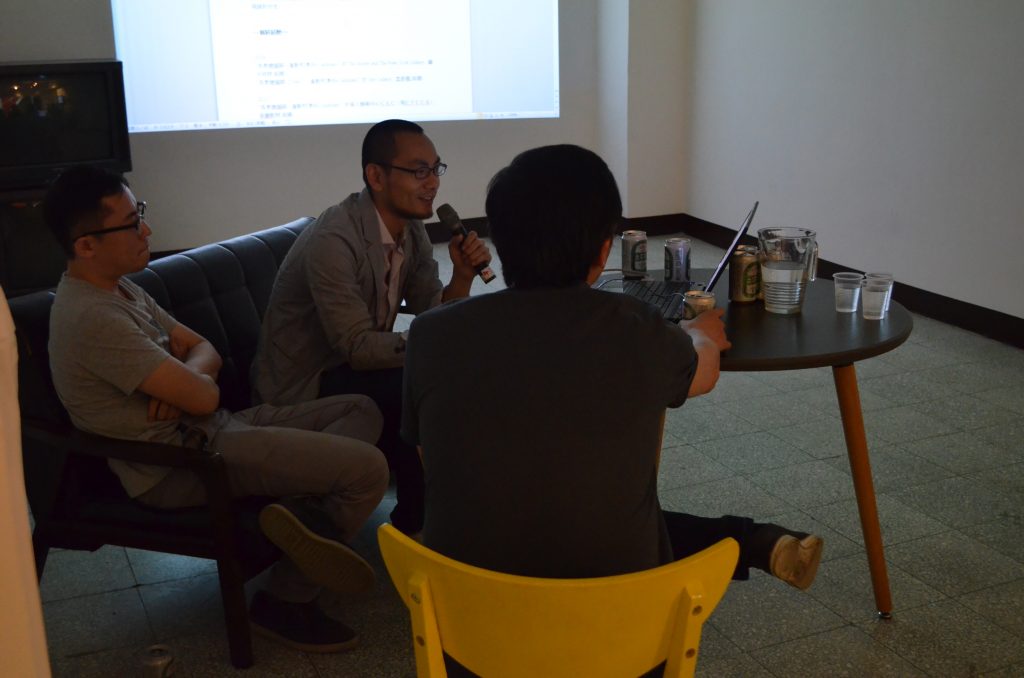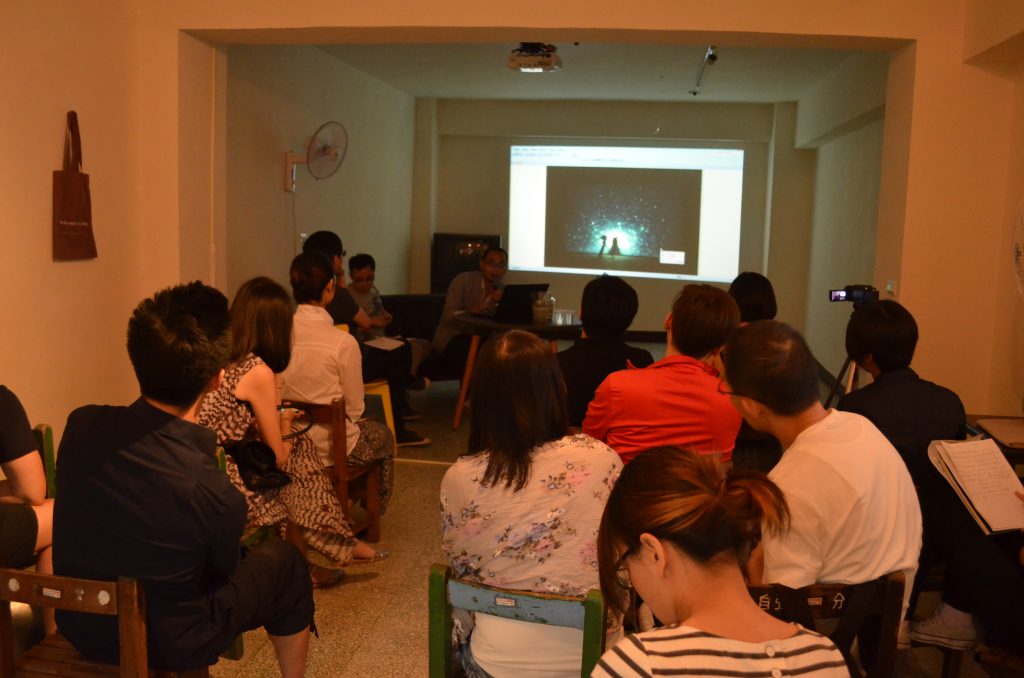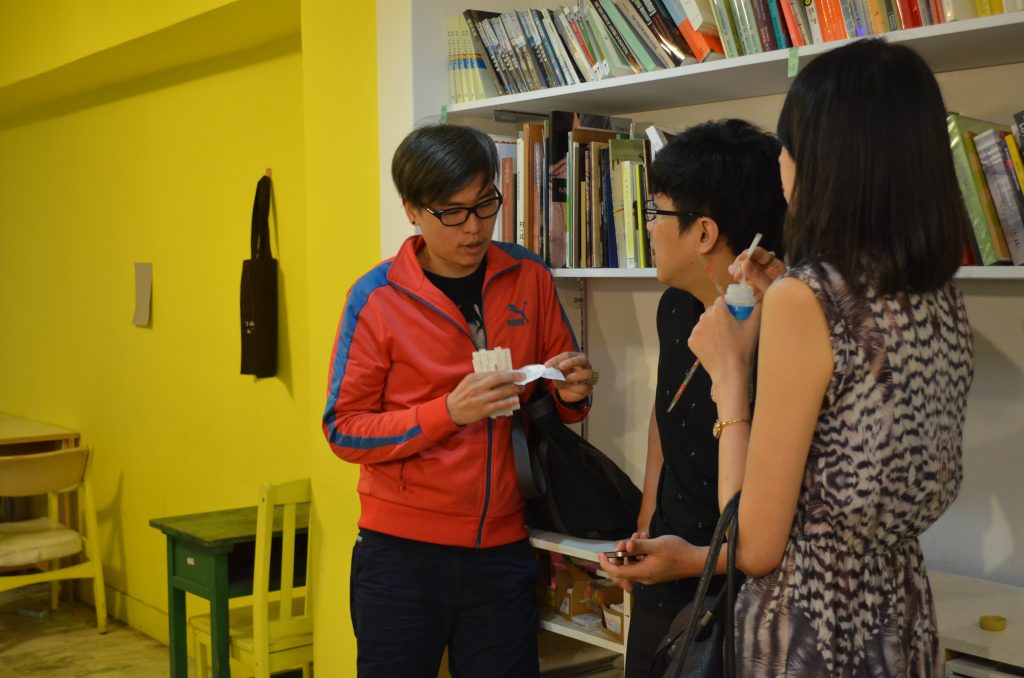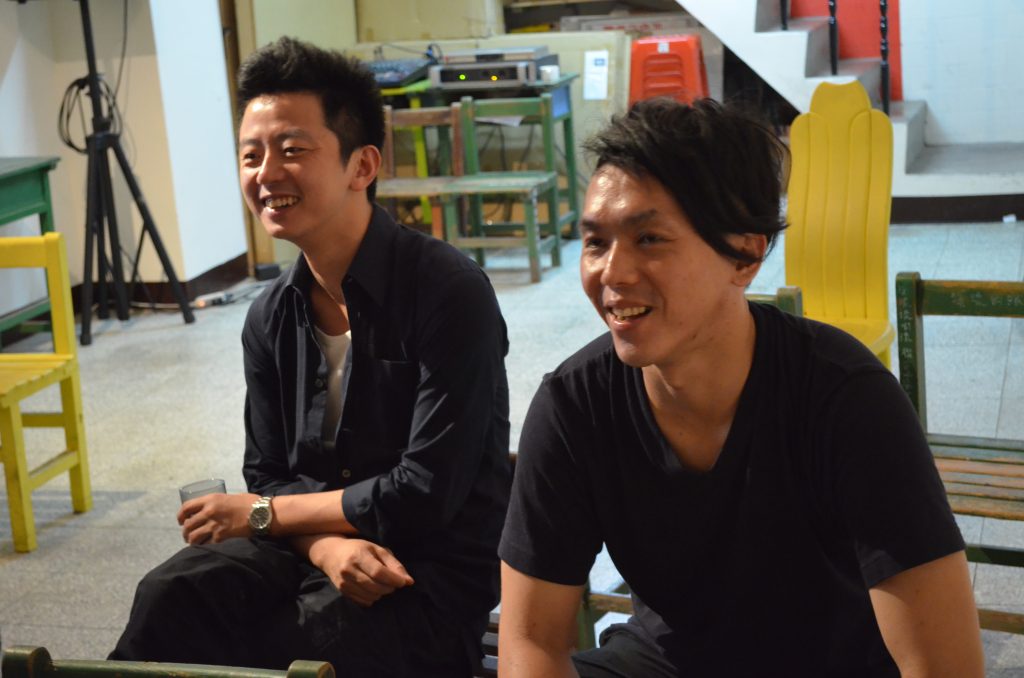2014.6.21. 3pm
The Burnning Issue Residency Programme: When (not) to let go – Lee Kit – Talk#2
Programme: When (not) to let go – Lee Kit – Talk#2
關鍵議題駐村計劃:甚麼時候(不)放手 – 李傑 – 講座#2
(For English please scroll down)
(The speech is in Chinese. 演講以中文進行。)
有關每天的事物
主持人|李傑
與談人|許家維、吳季璁
講座#2 文字記錄
文/張舒涵
本次講座中,李傑以藝術家身分為發想:透過藝術表達如何看待社會?為開頭,上半場分別由藝術家許家維以及吳季璁概述各自的創作狀態。許家維提出《和平島故事》(The story of hoping island )、《鐵甲元帥》兩件作品,圍繞在地歷史、野史為主要創作脈絡。《和平島故事》讓造船廠與祖母的口白成為主軸,拉攏日據與現在兩個時空,架構出歷史層面對話;《鐵甲元帥》則呈現與鐵甲元帥溝通的經過,並進一步引發對當地一連串的探討。過程中,必須不斷與他人交涉、對話以重建、追溯史料源頭。而吳季璁則從個人簡歷出發,透過編年方式逐一開始探討個體性這個題目。另外,值得注意的是,同時,透過「參與國際大展」的自身經驗衍生對藝術產業與機制的討論成為下半場伏筆。
不論是許家維或吳季璁,經過巧妙安排後形成兩條迥異的討論方向。對比兩位對中介藝廊、國際性大展、生活和工作分野的看法,李傑透過問答交織出討論核心-往往資本主義式的現實狀況讓人產生出心理落差,因而有了許多迷思,藝術家可能忘了原初的本職(質),開始汲汲營營。但,藝術家的專業是甚麼?藝術家面對社會又如何貢獻專業?在上述談及之前,仍存在根本的大前提:台灣的藝術機制、環境不夠健全,沒有基礎的研究足以支撐在地的展覽計畫,經營屬於台灣藝術史脈絡,致使大家一味地以為外國的月亮比較圓。之於藝術家,個體如何與外界連結並擺脫刻板印象以經營藝術家身分?
主辦單位:台北當代藝術中心
專案主持人:鄭美雅
專案經理:彭若瑩
專案團隊:蘇珀琪、方彥翔、余政達、許鋒瑞、陳小雜、張
專案助理:賴瑋婷
本計畫由文化部所贊助
About The Daily Trifles
Moderator | LEE Kit
Speaker | Hsu Chia Wei , Wu Chi Tsung
Talk #2 Highlights:
Text/ Tiffany Lay
As the talk host Lee Kit facilitated a conversation between Hsu Chia Wei and Wu Chi Tsung about the daily trifles. Lee Kit questioned Hsu and Wu about what it means to be a successful artist and the myths about exhibiting shows in other regions around the world. Lee Kit also mentioned that often times what we hope for or our vision is different from reality and how an artist must face and overcome that. Furthermore he raises the key issue on individualism towards to the two artists and how they interpret their idea.
To Hsu, art is not just about the final work but about the process leading towards it. Through his works he tells stories from history that is not often talked about because they are not mainstream narritive written in a historical context, but instead little stories that made a difference and affected peoples lives today. His works are often like serendipity, he has vision of what he wants to convey but through the creation of his works. Hsu often learns more about the stories that he wants to present guiding his works in different directions that he had initially imagined. To Hsu a successful artist is one that can tell a story through a video despite not being able to understand the language that the story might be told in. Language is a factor that he often must overcome, since the narratives of his works are often in a dialect that he doesn’t understand because he chooses to preserve the stories in their original language. In respond to individualism, Hsu perceives stories from a first person perspective ie. from an individual. Through his research of the historical stories Hsu hears a lot of segments from people of that lived through those stories helping him perceive the whole picture of it and it’s effects towards individuals now. Through the creation of his works Hsu is able to self discover as he discovers more details of historical stories that surround him.
Wu creates art that plays with the relationship between technology and the real world. He is interested with the idea of perception and that what the naked eyes see as reality may not be the whole of reality. He takes pictures and makes videos of “reality” that cannot be perceived by the naked eyes. He tells a story of the world around us from a different perspective, a perspective through an artificial lens. Through his works he conveys that technology creates an illusion of the real world. For him a successful artist is one that is able to see the whole of reality, one that can present not just what the naked eyes see but also reality that is not often perceived. He shows his frustrations towards many things in the art industry especially those that he believes art limiting his chances to present on a larger stage. Yet he tries to overcome his frustrations by packaging himself and choosing not to let others package himself as an artist. He acknowledges that there is a large gap in what one hopes for and reality thus often resulting in gossip among artists, yet to him his is just an inevitable part of the art industry. On individualism, Wu perceives most of his works from a first person perspective. Through his works he is not just able to learn more about the reality around him but also about how technology has influenced his judgements among things.
Lee Kit concludes that every artist has their own way of presenting, which is one of the reasons that make the art industry interesting. Furthermore he explains that it is important for an artist to realize that there is always going to be a gap between one’s vision and reality.
Project director: Meiya CHENG
Project manager: Jo Ying Peng
Executive Team: Frankie SU, Yen-Hsiang FANG, YU Cheng-Ta, Fong-Ray Hsu, Chen Hsiautsa, Shu Han Chang
Project assistant: Tiffany Lay
The programme is sponsored by the MINISTRY OF CULTURE

